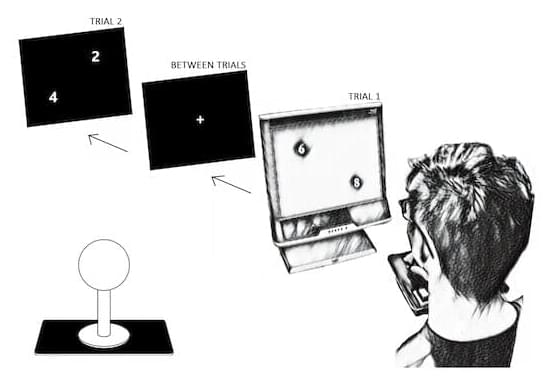This mini documentary takes a look at Elon Musk and his thoughts on artificial intelligence. Giving examples on how it is being used today — from Tesla cars to Facebook, and Instagram. And what the future of artificial intelligence has in store for us — from the risks and Elon Musk’s Neuralink chip to robotics.
The video will also go over the fundamentals and basics of artificial intelligence and machine learning. Breaking down AI for beginners into simple terms — showing what is ai, along with neural nets.
Elon Musk’s Book Recommendations (Affiliate Links)
• Life 3.0: Being Human in the Age of Artificial Intelligence https://amzn.to/3790bU1
• Our Final Invention: Artificial Intelligence and the End of the Human Era.
https://amzn.to/351t9Ta.
• Superintelligence: Paths, Dangers, Strategies.
https://amzn.to/3j28WkP
Other topics covered in this video include:


